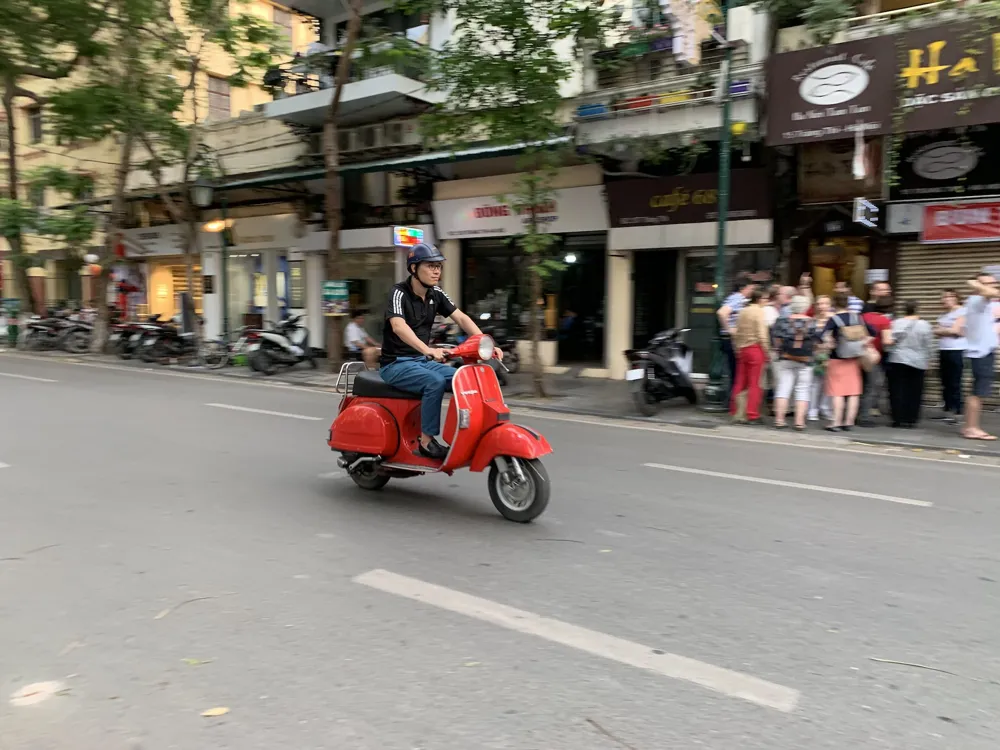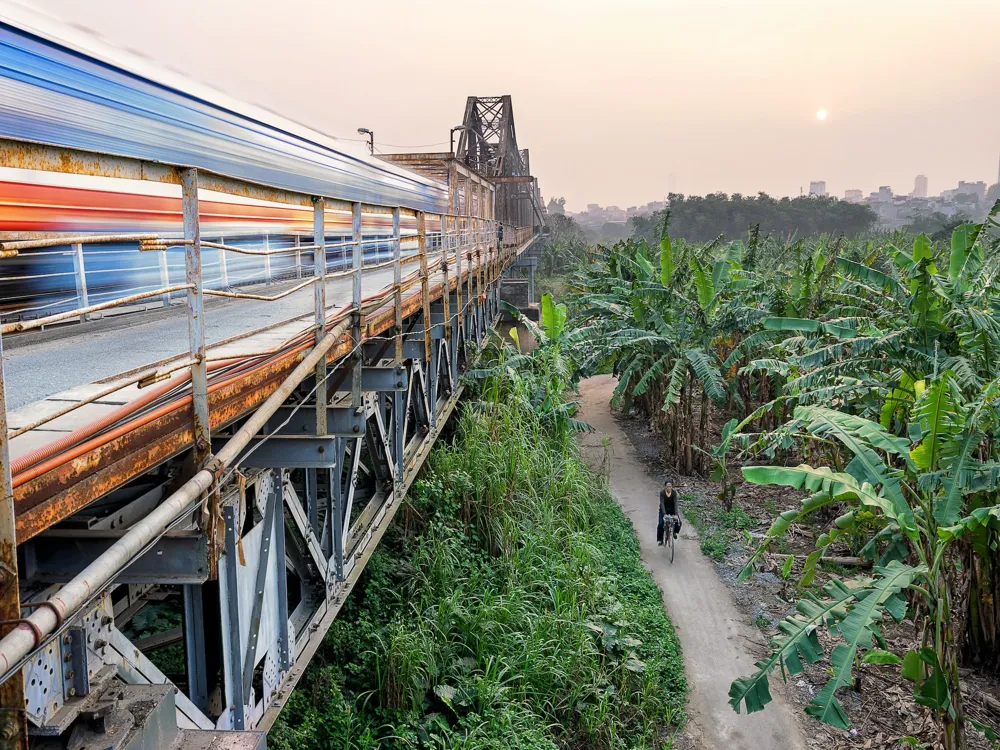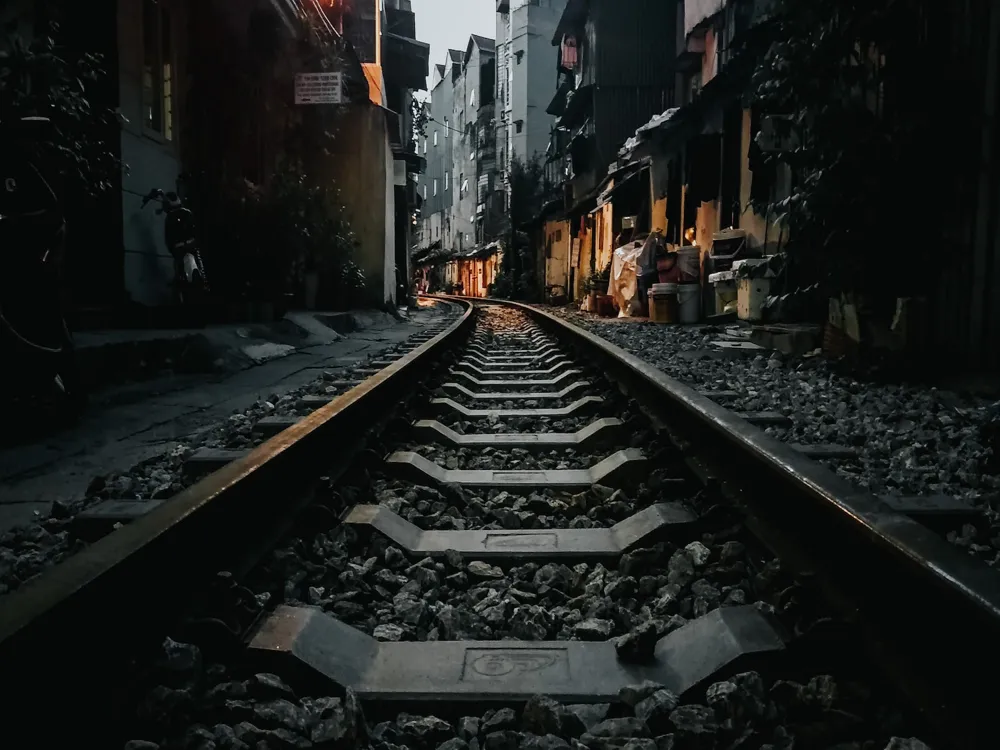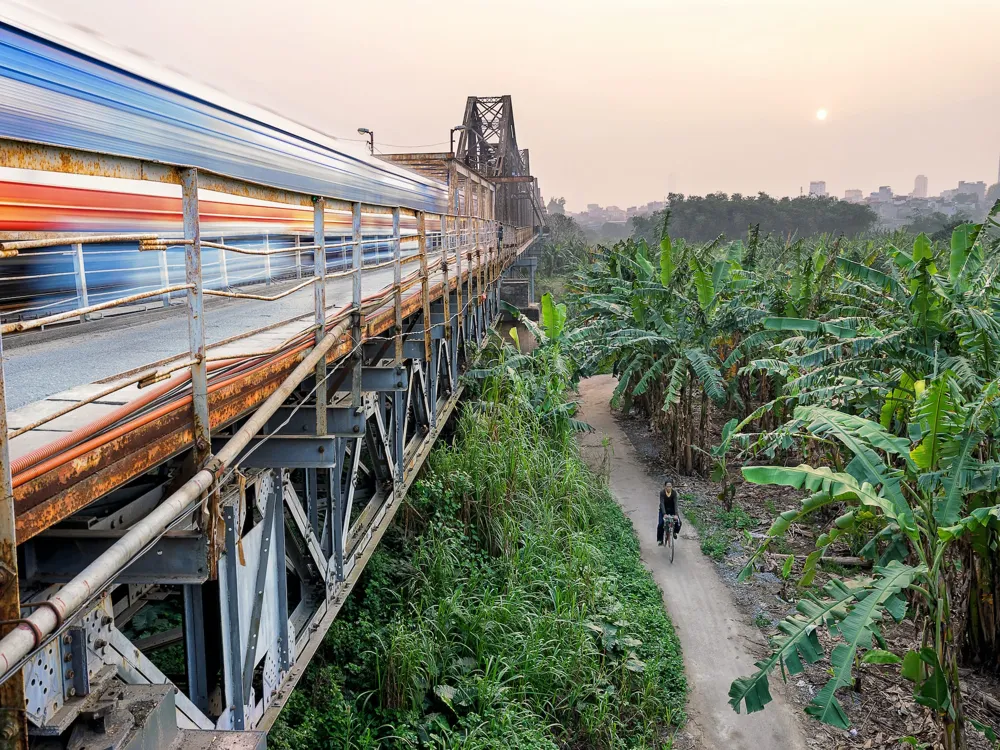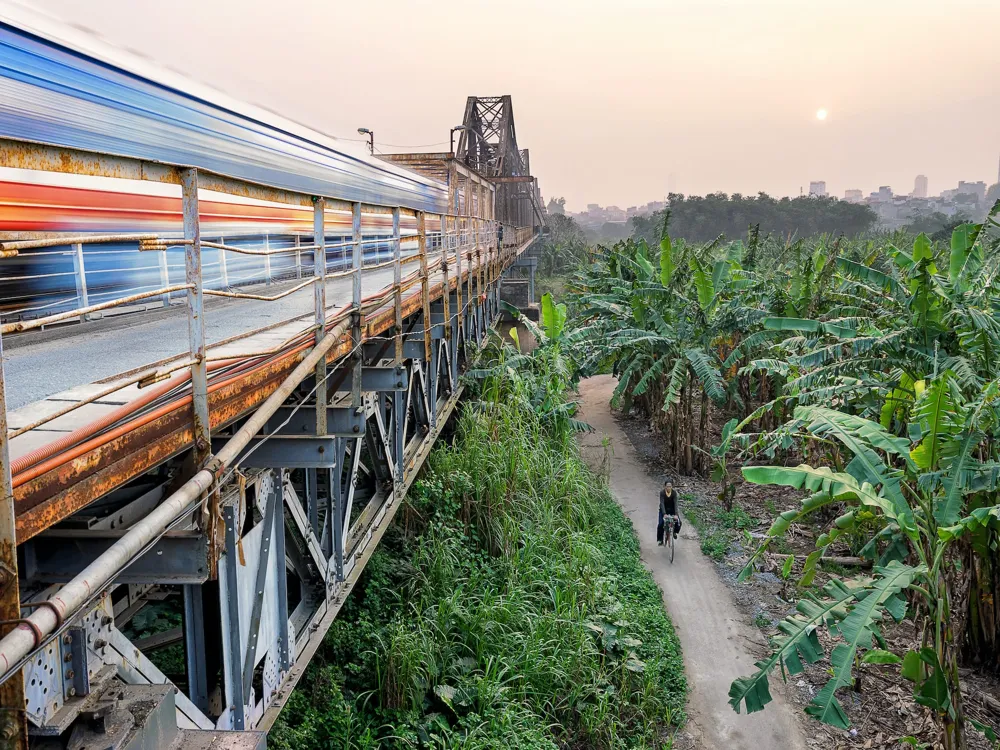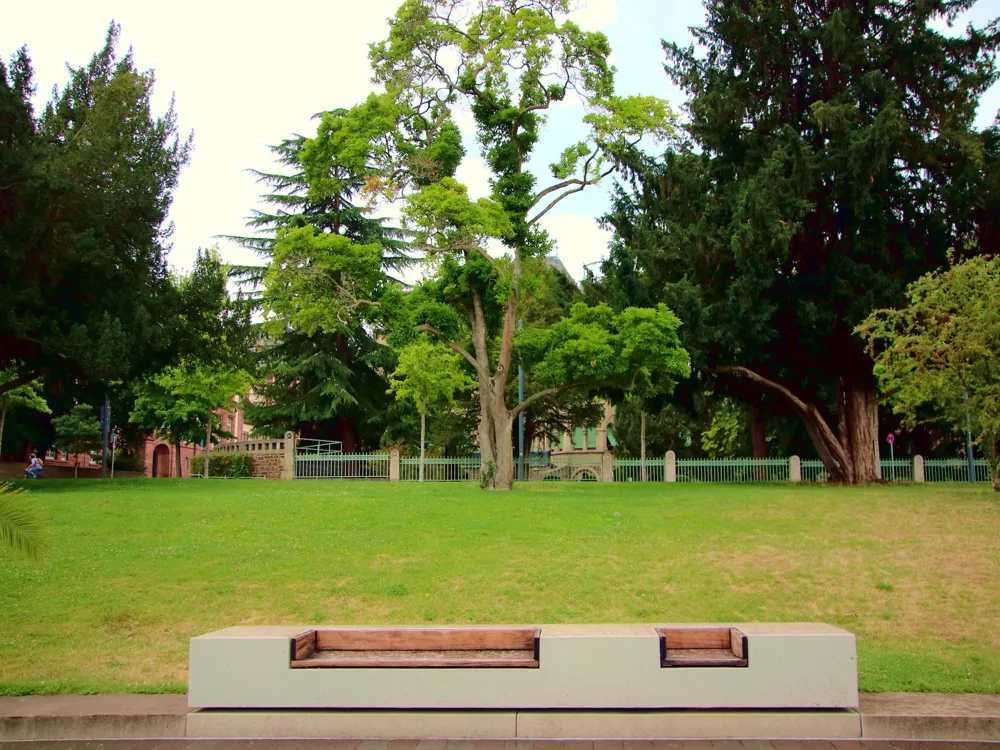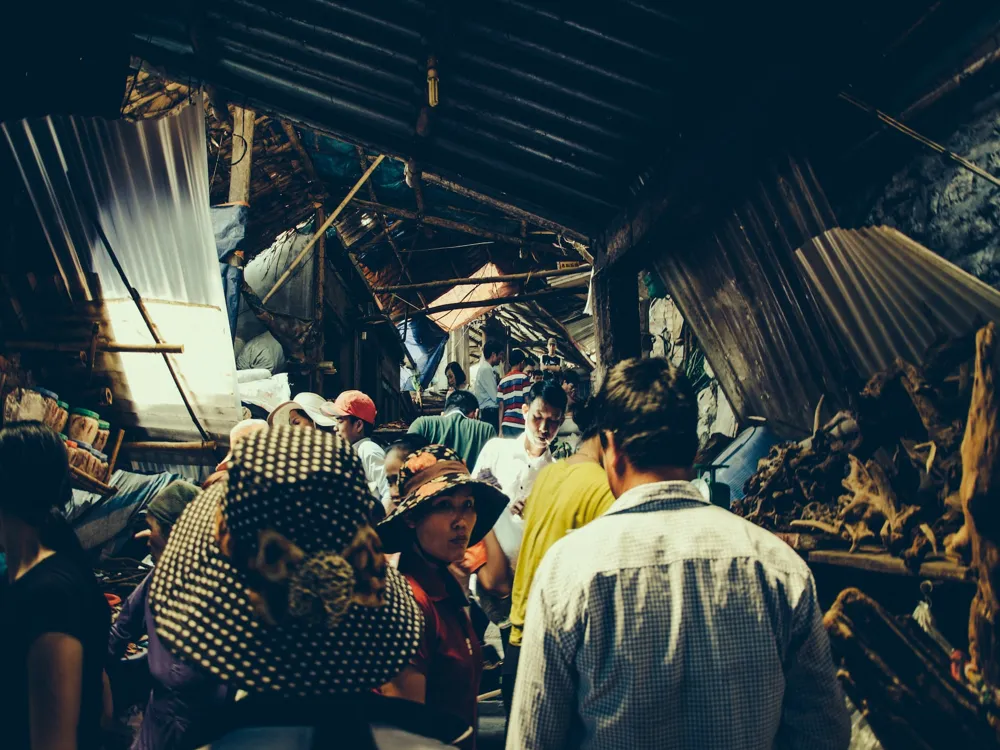Hanoi, the capital city of Vietnam, is a mesmerizing blend of Eastern and Western cultures, largely influenced by Southeast Asian, Chinese, and French traditions. The city is not only the political heart of Vietnam but also a cultural and historical center. Its history dates back over a thousand years, with countless invasions, from Chinese to French colonialists, all leaving their mark on the city. Today, Hanoi is a bustling metropolis that pays homage to its past through a well-preserved Old Quarter, ancient temples, and unique theater. The city's landscape is a tapestry of serene lakes, verdant parks, and grand boulevards, contrasted with the chaotic charm of its bustling streets. The culinary scene in Hanoi is just as diverse, offering a tantalizing mix of traditional Vietnamese cuisine and French-inspired dishes. It's a city where the past is always present, a place where you can wander from ancient temples to modern shopping malls in just a few steps.
Hanoi's architecture is a vivid representation of the city's history and cultural influences. The cityscape is a blend of traditional Vietnamese styles, French colonial architecture, and modern developments. The Old Quarter, at the heart of Hanoi, features narrow streets and shophouses that reflect the city's pre-colonial architecture. These areas are characterized by their tube houses, a unique architectural style where the buildings are narrow and deep.
Moving towards the French Quarter, the architecture takes a distinct turn, showcasing the elegance of French colonialism. Grand boulevards lined with trees, and impressive colonial buildings painted in pastel hues dominate this area. The Hanoi Opera House and the State Bank of Vietnam building are prime examples of this era, displaying a blend of French neo-classical design with a Vietnamese touch.
In contrast, modern Hanoi is marked by skyscrapers and large residential complexes, embodying Vietnam's rapid economic growth. These contemporary structures, such as the Lotte Center Hanoi and the Hanoi Landmark Tower, offer a stark contrast to the city's ancient and colonial elements, symbolizing a city that is rapidly moving towards the future while respecting its past.
The best time to visit Hanoi is during the spring (February to April) and autumn (September to November) months. During these periods, the weather is pleasant with moderate temperatures and lighter rainfall, making it ideal for exploring the city.
Getting around Hanoi can be an adventure. The city's public transportation includes buses and a metro system. However, the most common way to navigate the city is by motorbike, taxi, or ride-hailing apps like Grab. For an authentic experience, try traveling by cyclo, a three-wheel bicycle taxi.
Respectful behavior is important in Hanoi. Dress conservatively when visiting temples and religious sites. It's also customary to remove your shoes before entering someone's home or a place of worship. When greeting someone, a handshake or a nod is appropriate.
Hanoi's street food scene is vibrant. Don't miss trying Pho, Bun Cha, and Banh Mi. Be cautious with street food vendors; look for ones with high turnover and a crowd. Drink bottled water to avoid health issues.
Hanoi is generally safe, but be mindful of petty crimes like pickpocketing, especially in crowded areas. Avoid isolated areas at night and keep your belongings secure. It's also wise to have a copy of your passport and important documents.
Hanoi is accessible via Noi Bai International Airport, which is well connected to many major cities worldwide. From the airport, you can reach the city center by taxi, bus, or private transfer. For those traveling within Vietnam, there are also train and bus services linking Hanoi with other major cities. The city's extensive road network makes it convenient for those who prefer to drive.
Overview of Hanoi
Architecture of Hanoi
Tips When Visiting Hanoi
Best Time to Visit
Local Transportation
Cultural Etiquette
Food and Drink
Safety Tips
How To Reach Hanoi
Kim Lien Pagoda
Hanoi
₹ 15,260 onwards
View hanoi Packages
Hanoi Travel Packages
View All Packages For Hanoi
Top Hotel Collections for Hanoi

Private Pool

Luxury Hotels

5-Star Hotels

Pet Friendly
Top Hotels Near Hanoi
Other Top Ranking Places In Hanoi
View All Places To Visit In hanoi
View hanoi Packages
Hanoi Travel Packages
View All Packages For Hanoi
Top Hotel Collections for Hanoi

Private Pool

Luxury Hotels

5-Star Hotels

Pet Friendly







